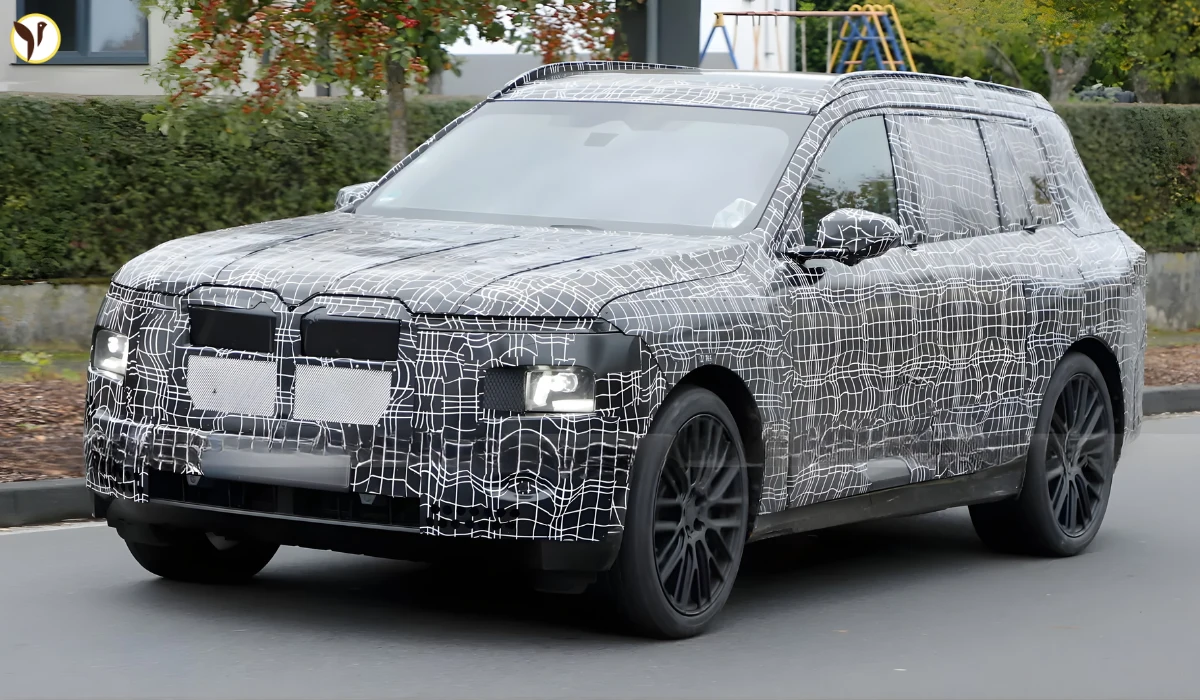You have your dream car - a slick hybrid or a reliable SUV - and then you get the bad news: that import tariffs could increase the price by potentially thousands more. What was supposed to be a leisurely browsing experience suddenly feels like a race to the finish. And it's not just you: nearly 4 in 10 U.S. car buyers are speeding up their car purchase decisions, worried about a possible 25% increase in tariffs on imported vehicles and parts. This story is not about fear - it is about people taking smart, instinctual actions in an unstable market.
Why Tariff Fear Is Fueling a Buying Frenzy
Tariffs aren’t just a technical term, but that pain is very real—for most drivers. You walk into a dealer with the hopes of getting a decent price, but now you worry that the price could change overnight.
- Nearly 39% of the respondents in a Cox Automotive survey said they were buying earlier because they were concerned with potential tariffs that are now looming.
- As a result of this buying anxiety, new-car sales in March increased to an annualized sales rate of 17.8 million, the highest figure since 2021—proof that uncertainty can lead to produce acceleration.
- May’s new-car sales were down 10%, which shows a significant market cool-off after such a push.
For many customers, buying the car itself has become a buying strategy—less about the experience and pleasure as a lifestyle upgrade.

Dealers Scramble as Supply Shrinks and Prices Shift
That sense of urgency is also real at dealerships. Customers walk in and ask, "Will it cost more to wait?"
- Dealership inventories fell sharply—down about 12% year-over-year, and only a 70-day supply of models early in June.
- That urgency contributed to increases in March, but after that surge of demand, sales dropped in May—while asking prices went up. The typical asking price for a new model was $48,900 from inventory.
- Even used-car demand took off: 58% of buyers are considering used vehicles and 46%, certified pre-owned, as people look for tariff-free alternatives.
- Automakers are also feeling it: Ford thinks it has $1.5 billion in tariff exposure, GM anticipates $4–5 billion—numbers that dealers are certainly feeling as they negotiate purchases of inventory.
Dealers are doing everything they can to respond: "price protection" deals, expedited delivery, and discounting—but the signals say everything is going to be tighter, and fast.
What’s Coming Next? A Look Ahead
So what do buyers, sellers, and this market curve look like in the near future?
- Higher tariffs look likely: Trump has proposed further tariffs, and the auto manufacturers are already responding to him.
- Ford, Subaru, and other manufacturers have raised costs in anticipation of tariff costs.
- Economists are warning that a steep auto downturn could hurt overall GDP if consumers put off larger purchases, along with EVs and hybrids, which currently have more exposure due to imported components.
For consumers, this means limited inventories, continued rising prices, and timing that appears to appear more complicated. Dealers are now considering whether now would be the best time to make that push for sales today or hold back and hope for business after the product duty cease.
Tariff Market Insights Table
| Metric | Current Status (June 2025) |
| Tariff Rate | 25% on imported vehicles & parts |
| Buyer Reaction | ~39% speeding up purchases |
| Sales Surge | March hit 17.8 M SAAR; May dropped ~10% to 15.6 M |
| Inventory Levels | 12% below last year; ~70-day supply |
| Used Car Demand | 58% considering used; 46% eyeing certified pre-owned |
| Automaker Exposure | Ford $1.5B; GM $4–5B in tariff impact |
| Manufacturer Pricing Move | Ford, Subaru already raised prices |
Source(Image / Thumbnail): carscoops, miamiherald









